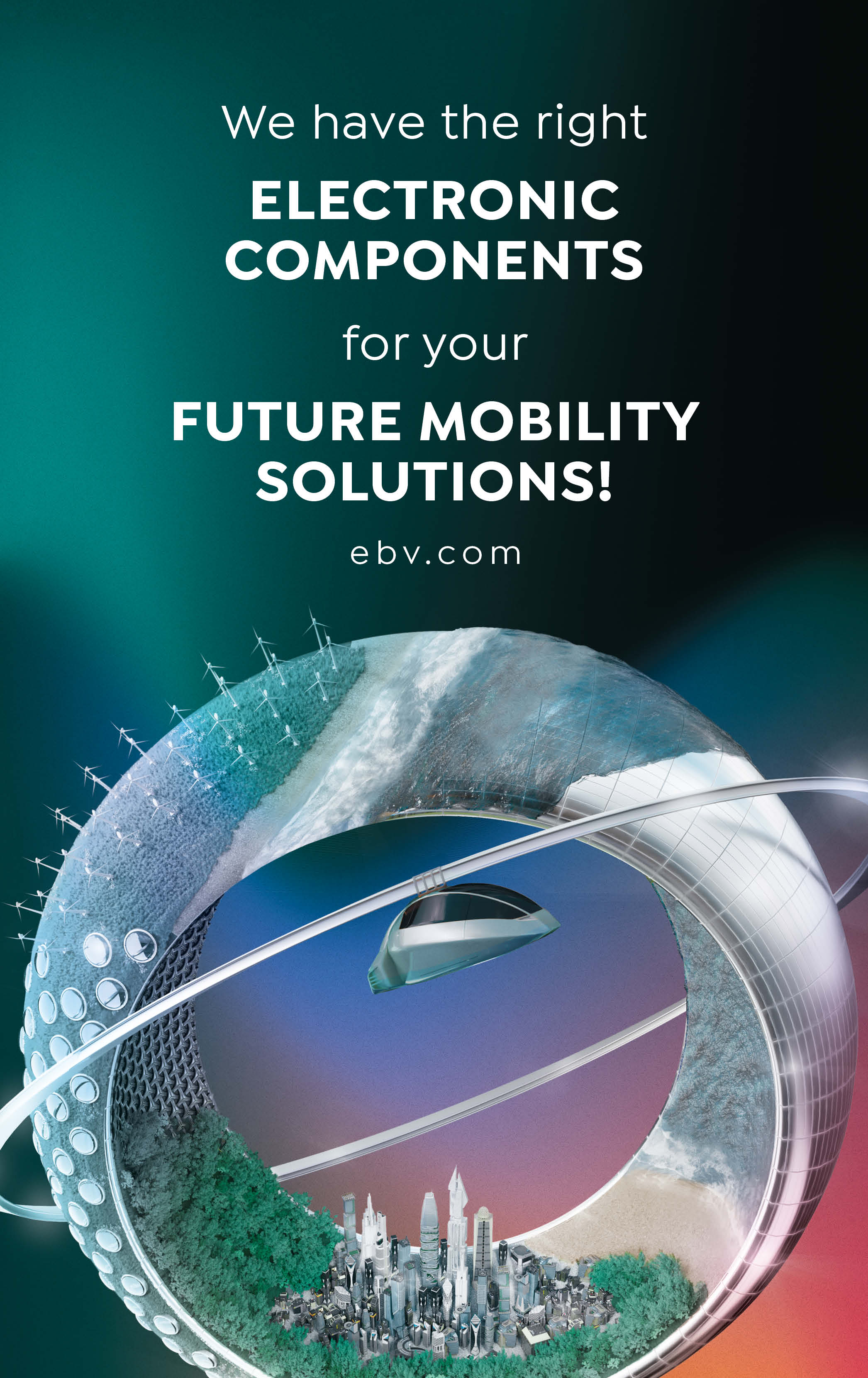Supersonic passenger flights could soon be a reality again, some 20 years after Concorde went into retirement. But this time, the focus is on ensuring they are kind to the environment as well as your wallet.
Almost two decades after Concorde’s last flight, supersonic airliners could soon take to the skies again. Several manufacturers have announced their intention to launch commercial supersonic aircraft in the next few years. However, unlike Concorde, these jets aim to have a very low environmental impact.
“Concorde was subject to air transport regulations that allowed higher emissions compared to aircraft flying in subsonic conditions. The new generation of supersonic jets will have to comply with the rules that apply to conventional aircraft,” explains Prof. Lars Enghardt, Head of the Engine Acoustics Department at the Institute of Propulsion Technology at the German Aerospace Center (DLR).
The organisation is currently looking into the environmental impact of a future fleet of supersonic aircraft, in order to specify data for new certification rules.
The supersonic range starts at a Mach speed greater than one. To achieve this at cruising altitude, an aircraft needs to be travelling at around 1,000 kilometres per hour. Today’s fastest business jets reach Mach 0.9, but the supersonic commercial airliners that are now planned are expected to cruise at speeds between Mach 1.8 and 2.2 – more than twice as fast as the planes available today. Major plane manufacturers like Boeing and Airbus did present concepts for supersonic passenger planes years ago, but things have gone quiet since then. These days, it is newcomers to the industry that are really powering ahead with the development work.
Supersonic speeds with eco-friendly jet fuel
Leading the charge is Boom Supersonic, which was only founded in 2014 and is headquartered in Denver. Its supersonic airliner is called “Overture” and the company already has orders for 130 of them. Overture is designed to transport 65 to 80 passengers at a speed of Mach 1.7 – twice as fast as the fastest airliners around today – and offers a range of 4,250 nautical miles. The aim is to fly some 600 routes across the world in half the time, including Miami to London in just under five hours and Los Angeles to Honolulu in three hours. Overture is planned to be rolled out as early as 2025 and carry its first passengers in 2029.
To make this a reality, the company is developing its own engine called “Symphony”.
“Developing a supersonic engine specifically for Overture offers by far the best value proposition for our customers,” comments Blake Scholl, founder and CEO of Boom Supersonic. “Through the Symphony programme, we can provide our customers with an economically and environmentally sustainable supersonic aeroplane – a combination unattainable with the current constraints of derivative engines and industry norms.”
Symphony will be a bespoke design leveraging proven technologies and materials to achieve optimal supersonic performance and efficiency. The new propulsion system used by Overture is designed to run on 100 percent Sustainable Aviation Fuel (SAF) – i.e. a sustainable jet fuel produced from non-fossil raw materials. The engine is also set to meet Chapter 14 noise levels, currently the most stringent level in the aviation industry.
“We believe in a world where more people can go to more places more often. Sustainable supersonic travel unlocks new possibilities for business relationships, prospects for vacation and opportunities for human connection.”
Blake Scholl, Founder & CEO, Boom Supersonic
Reducing noise emissions
Noise emissions are a particular problem with supersonic aircraft. A key cause of them, alongside the planes’ powerful engines, is what is known as the sonic boom. When an aircraft travels at supersonic speeds, waves linked to the change in air pressure are produced. These shock waves create a loud “boom” noise, which can be heard even if the aircraft is far away. This was one of the reasons why Concorde was only allowed to fly at supersonic speeds over the open sea. To reduce the sonic boom, NASA is working on a supersonic jet with a very special body shape. The company’s X-59 Quiet SuperSonic Technology X-plane is designed to fly faster than the speed of sound without generating a sonic boom. Its special, very long, stretched-out nose is intended to reduce the shock waves to such an extent that the noise heard by people on the ground is barely more than a dull ‘thump’ – if they even hear anything at all.
Travel at five times the speed of sound
Apart from Boom Supersonic, other start-ups are also working on developing supersonic passenger jets. For example, Hermeus is intending to build a jet that can achieve Mach 5. At this speed, a flight from New York to Paris would take a mere 90 minutes compared with seven and a half hours currently. Hermeus is aiming to keep the operating costs low, so that it can keep ticket prices affordable. Key to achieving this will be combining a conventional jet engine with a ramjet. In a ramjet engine, the air supplied to the combustion chamber is not compressed by moving parts such as a compressor. Instead, it is compressed solely by the high speed of the air as it flows in. The Hermeus engine is unique in the field of hypersonic technology, as most hypersonic platforms are powered by a rocket engine. However, this makes it more difficult to reuse the system and it is much more dangerous for passengers.
“When it comes to technology, we often hear the term ‘game-changing’,” says Maj. Gen. Heather Pringle, commander of the Air Force Research Laboratory, which has invested in Hermeus. “However, hypersonic aircraft and propulsion systems are truly game-changing, and will revolutionise how we travel, just as automobiles did in the last century.”



